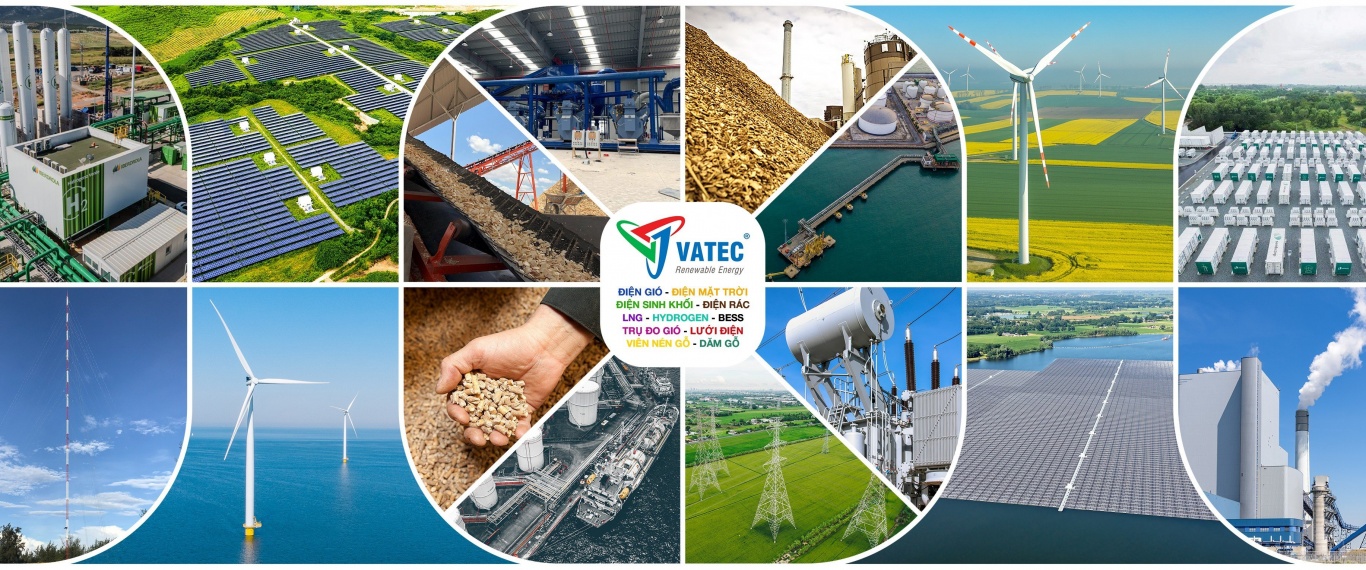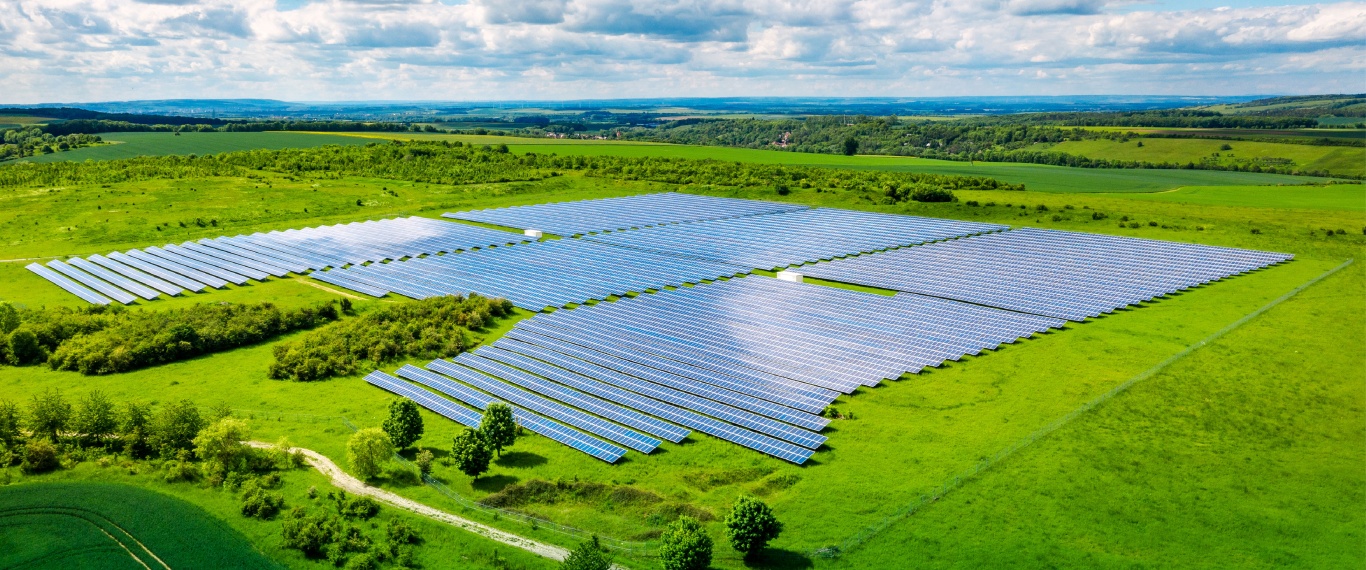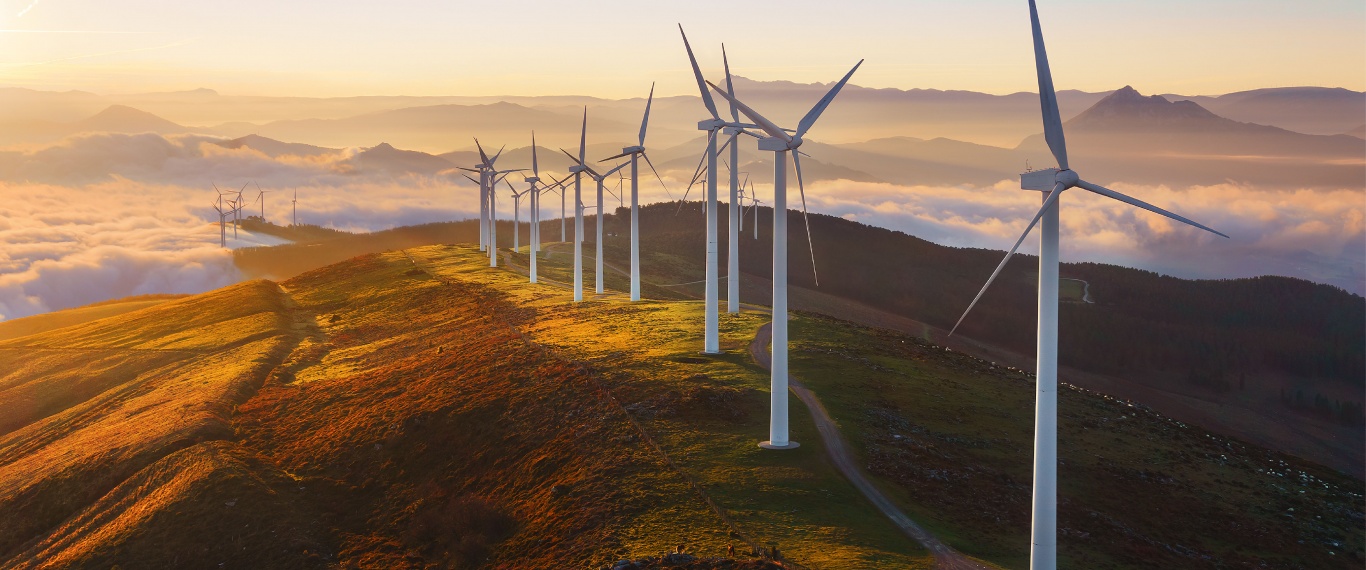Theo ước tính của IEA: Lượng điện năng tiêu thụ của các trung tâm dữ liệu toàn thế giới đạt khoảng 240-340 tỷ kWh (lớn hơn điện năng tiêu thụ của cả nước Việt Nam). Phần lớn các trung tâm tuyên bố sử dụng 100% điện từ năng lượng tái tạo thông qua các hợp đồng mua bán điện trực tiếp. Họ làm như thế nào? Tổng hợp, phân tích và đề xuất của chuyên gia Tạp chí Năng lượng Việt Nam.
Con số 240-340 tỷ kWh tiêu thụ điện năm 2022 của các trung tâm dữ liệu do Cơ quan Năng lượng Quốc tế (IEA) tính toán còn chưa bao gồm các trung tâm “đào” tiền số và tiêu thụ điện cho các đường truyền số liệu. Các siêu công ty như: Amazon, Google, Apple… sở hữu các trung tâm dữ liệu lớn luôn muốn sử dụng 100% năng lượng tái tạo nhằm tạo thương hiệu “xanh” của họ, vì giá trị thương hiệu chiếm tỷ lệ rất lớn trong tài sản của công ty, có tính chất sống còn trong việc thu hút sự ủng hộ của công chúng.
Hợp đồng mua bán điện trực tiếp:
Để làm được như vậy, họ cần các hợp đồng mua bán điện trực tiếp (chúng ta hay gọi là DPPA). Nhưng ở Mỹ, chỉ đơn giản là PPA (hợp đồng mua bán điện), hay Corporate PPA (hợp đồng mua bán điện doanh nghiệp).
Ngoài việc tạo ra màu “xanh” cho người mua, hợp đồng mua bán điện trực tiếp còn làm giảm giá điện dài hạn của bên mua và tạo ra nguồn đầu tư chắc chắn cho bên bán - tức là tạo ra lợi ích kinh tế thuần túy.
Một hợp đồng mua bán điện trực tiếp là hợp đồng mà bên mua cam kết mua một phần, hoặc toàn bộ điện của một nhà máy điện (thường là nhà máy điện gió, điện mặt trời, hay các dạng năng lượng tái tạo khác, thậm chí cả điện hạt nhân).
Có thể đó là dạng trực tiếp, kết nối vật lý, như một nhà máy điện nội bộ. Ví dụ trung tâm dữ liệu Culumus ở Pennsylvania của Amazon Web Service (AWS) đang có kế hoạch ký hợp đồng mua trực tiếp trong 10 năm, với công suất tăng dần lên tới 960 MW từ nhà máy điện hạt nhân Susquehanna có công suất 2.494 MW ở cùng bang. Hoặc công ty cung cấp điện Digital Power Optimization (DPO) mua điện của các nhà máy điện gió ở Texas để cung cấp trực tiếp cho trung tâm dữ liệu có công suất 100 MW ở Texas ở dạng kết nối sau đồng hồ điện (trung tâm vẫn kết nối với điện lưới của Texas).
Có thể PPA là dạng mua bán ảo, không có kết nối trực tiếp giữa nhà máy điện và trung tâm dữ liệu mà tất cả điện được truyền qua lưới điện tập trung của bang, hay của khu vực điện (một số bang ở Mỹ kết nối chung một lưới điện, một số bang khác có lưới điện độc lập). Ở hợp đồng mua bán ảo, sẽ có các cam kết ràng buộc giữa lượng điện nhà máy trong hợp đồng sản xuất ra và lượng điện lưới sẽ bán cho bên mua.
Tính chất “xanh” của điện sẽ được đảm bảo nhờ các chứng chỉ “xanh”, hoặc tín chỉ carbon mà bên bán có nghĩa vụ trao lại toàn bộ cho bên mua. Như vậy, chính công ty sở hữu trung tâm dữ liệu có thể bỏ tiền ra đầu tư toàn bộ một, hoặc nhiều nhà máy điện gió, điện mặt trời để sở hữu chứng chỉ cho trung tâm dữ liệu của mình.

Mô phỏng mua bán điện PPA ảo. Nguồn Orsted
Nguồn điện cho trung tâm dữ liệu có đặc điểm là phải cực kỳ ổn định, nên khi có hợp đồng kết nối trực tiếp họ sẽ không đơn thuần kết nối với một nhà máy điện gió, hay mặt trời có pin lưu trữ theo hợp đồng mà họ sẽ kết nối ít nhất với hai nguồn (điện năng lượng tái tạo và điện lưới).
Ngoài ra, còn nguồn thứ ba là hệ thống phát dự phòng lúc mất điện lưới, hết sức đắt tiền, nằm bên trong hàng rào trung tâm dữ liệu, có nhiệm vụ phát dự phòng khi mất điện thời gian ngắn.
Các PPA thường có thời hạn dài 10-15 năm, đảm bảo bên bán tìm được nguồn cung cấp tín dụng cho đầu tư vào năng lượng tái tạo. Với thời hạn đó, bên bán đủ thuyết minh thời hạn hoàn vốn và có lãi nên dễ dàng tìm được ngân hàng cấp tín dụng. Với thời hạn dài, giá mua điện sẽ được chiết khấu tới mức thấp cho bên mua khi mà trên thị trường nhu cầu điện dự đoán sẽ tăng đột biến do nhu cầu xe điện, kéo theo giá điện tăng. Hơn nữa, điện gió ở một số bang đang được chính quyền trợ giá nên có thể thấp hơn giá điện than, hoặc khí.
Nhưng đó cũng là trở ngại cho các công ty nhỏ (bên mua), vì họ phải có sự đảm bảo ngân hàng cho hợp đồng mua dài hạn đó. Ví dụ một công ty muốn ký hợp đồng dài hạn 15 năm mua điện công suất 20 MW, dù là với giá rẻ 60 USD/MWh cũng phải tìm ra nguồn đảm bảo tín dụng cỡ 158 triệu USD cho hợp đồng PPA. Vì thế cho đến nay đa số các trung tâm “xanh” vẫn thuộc về các công ty siêu lớn.
Có xanh và bền vững thật không?
Mặc dù các hợp đồng PPA có giá trị marketing to lớn cho đơn vị mua điện và là nguồn tài chính bền vững cho công ty bán điện, nhưng về mặt kỹ thuật, vẫn phải có ai đó đảm bảo nguồn điện cung cấp cho trung tâm dữ liệu nói riêng và người dùng điện nói chung luôn ổn định, chứ không biến đổi như nguồn gió và mặt trời vốn được gọi là Variable Renewable Energy (năng lượng tái tạo biến đổi).
Mỗi nhà sản xuất điện từ năng lượng tái tạo sản xuất ra hai sản phẩm: Điện và chứng nhận nguồn gốc (còn gọi là chứng chỉ xanh hay tín chỉ carbon). Trong trường hợp PPA, một doanh nghiệp sau khi mua chứng chỉ xanh có thể tách rời nó ra khỏi nhà máy điện gió đang sản xuất ra điện và dùng chứng chỉ để làm “xanh” điện than, hay điện gió mà họ đang mua để cấp cho trung tâm dữ liệu ở nơi khác. Về mặt vật lý, hệ thống điện không có cải thiện gì cả mà phải lo đương đầu với tỷ lệ điện năng lượng tái tạo biến đổi ngày càng lớn vì được cung cấp tín dụng.
Ví dụ như toàn bộ hệ thống điện gió ở Đức có công suất đặt 61,37 GW gió trên bờ và 8,46 GW gió ngoài khơi, nhưng ngày 20/3/2024 lặng gió chỉ phát được công suất 0,46 GW kéo dài từ 6h30 sáng đến 6h30 chiều, lúc nhu cầu đang cao. Với công suất phát thực chỉ đạt 0,6% công suất đặt, kéo dài 12 giờ như vậy thì không có hệ thống lưu trữ nào có thể bù đắp được sự thiếu hụt đó ngoài các nhà máy điện truyền thống (than nâu, than đá và khí) ứng trực sẵn.

Công suất phát điện gió ở Đức chịu điều kiện lặng gió ngày 20/3/2024. Nguồn Frauhofer.
Hoặc như nhật thực toàn phần ở Texas, Hoa Kỳ hôm 8/4/2024 vừa qua đã làm mất gần như toàn bộ công suất điện mặt trời khoảng 6 phút và mất một phần 60 phút, gây thiếu hụt 8,9 GW công suất đúng vào giờ đáng ra điện mặt trời được phát cao nhất. Lúc đó buộc các nhà máy điện khí phải tăng công suất thêm 6,9 GW đề bù lại.
Những thách thức kết nối trung tâm dữ liệu trực tiếp với điện năng lượng tái tạo thực sự vẫn còn đó, vì đó là nguồn điện không liên tục, phụ thuộc vào thời tiết trong khi trung tâm dữ liệu lại cần nguồn hết sức ổn định 24/7, đúng hơn là 24/365. Do đó trung tâm dữ liệu vẫn chủ yếu nối lưới về mặt vật lý.
Khi đó, để không bị thiệt hại do luôn đảm bảo cung cấp điện ổn định cho trung tâm dữ liệu trong khi nguồn cung lại là điện năng lượng tái tạo không ổn định, công ty điện lực vận hành hệ thống điện, ngoài chi phí truyền tải, phải áp dụng phí công suất và phí dịch vụ hỗ trợ. Những khoản phí đó sẽ giúp công ty điện lực có tiền để trả cho chi phí phát điện đột xuất nhảy vọt trên thị trường như hai trường hợp kể trên ở Đức và Mỹ, hoặc trả cho các trung tâm lưu trữ điện cũng rất đắt đỏ.
Ở Trung Quốc và Thái Lan, công ty điện lực phải trả phí trực máy cho các nhà máy điện khí theo kW/tháng, dù họ có phát điện hay không. Nhờ đó, các công ty điện lực có thể đảm bảo nguồn cung điện luôn ổn định.
Kinh nghiệm cho Việt Nam:
Thứ nhất: Các công ty cần hợp đồng mua bán điện trực tiếp (ở Việt Nam gọi là DPPA) theo dạng kết nối trực tiếp sẽ có xu thế mua các nguồn thủy điện lớn của Việt Nam, vì giá rẻ và có nguồn điện ổn định quanh năm. Các nguồn thủy điện nhỏ và vừa cũng có thể được ngắm tới, vì nguồn rẻ và ổn định trong thời gian nhất định, còn lại họ mua điện lưới, hoặc DPPA ảo. Do đó, Chính phủ cần giữ các nguồn này cho hệ thống điện chung, không cho mua bán trực tiếp.
Thứ hai: Chi phí truyền tải của Việt Nam hiện tại quá thấp so với các nước có hệ thống tương đương, có thể chưa phản ánh hết chi phí thực sự nếu hạch toán đầy đủ và độc lập theo khoảng cách, cũng như vị trí truyền tải. Do đó, hợp đồng DPPA có thể sẽ lợi dụng để hưởng chi phí truyền tải thấp.
Thứ ba: Dù trực tiếp, hay ảo thì các hợp đồng DPPA cũng tạo ra áp lực lớn cho lưới điện buộc phải cân bằng với lượng điện năng lượng tái tạo đang ngày càng tăng. Do đó, cần phải có các chính sách điều độ thích hợp với khả năng chịu tải của lưới điện.
Thứ tư: Giá điện khí và lưu trữ hiện tại cao gấp rưỡi giá điện bán lẻ của EVN không khuyến khích các doanh nghiệp ngoài EVN đầu tư vào hai mảng đó dù Quy hoạch điện VIII có đưa ra tham vọng lớn. Nếu EVN tự đầu tư sẽ gây thua lỗ. Không có điện khí và lưu trữ thì không thể tăng tiếp năng lượng tái tạo theo yêu cầu của các doanh nghiệp muốn DPPA.
Thứ năm: Hiện tại Việt Nam chưa áp dụng giá điện 2 thành phần, nên việc chuẩn bị và duy trì sẵn sàng công suất cung cấp cho trung tâm dữ liệu có DPPA với một số nhà máy năng lượng tái tạo trở nên cực kỳ tốn kém (nếu chỉ bán điện theo lượng điện năng cung cấp thực sự theo yêu cầu luôn đột xuất trong khung giá thị trường bị giới hạn). Không có phí công suất sẽ tạo ra kinh doanh không bình đẳng, vì EVN không có tiền duy trì công suất trực sẵn sàng phát điện./.
Nguồn: ĐÀO NHẬT ĐÌNH - CHUYÊN GIA TẠP CHÍ NĂNG LƯỢNG VIỆT NAM

















